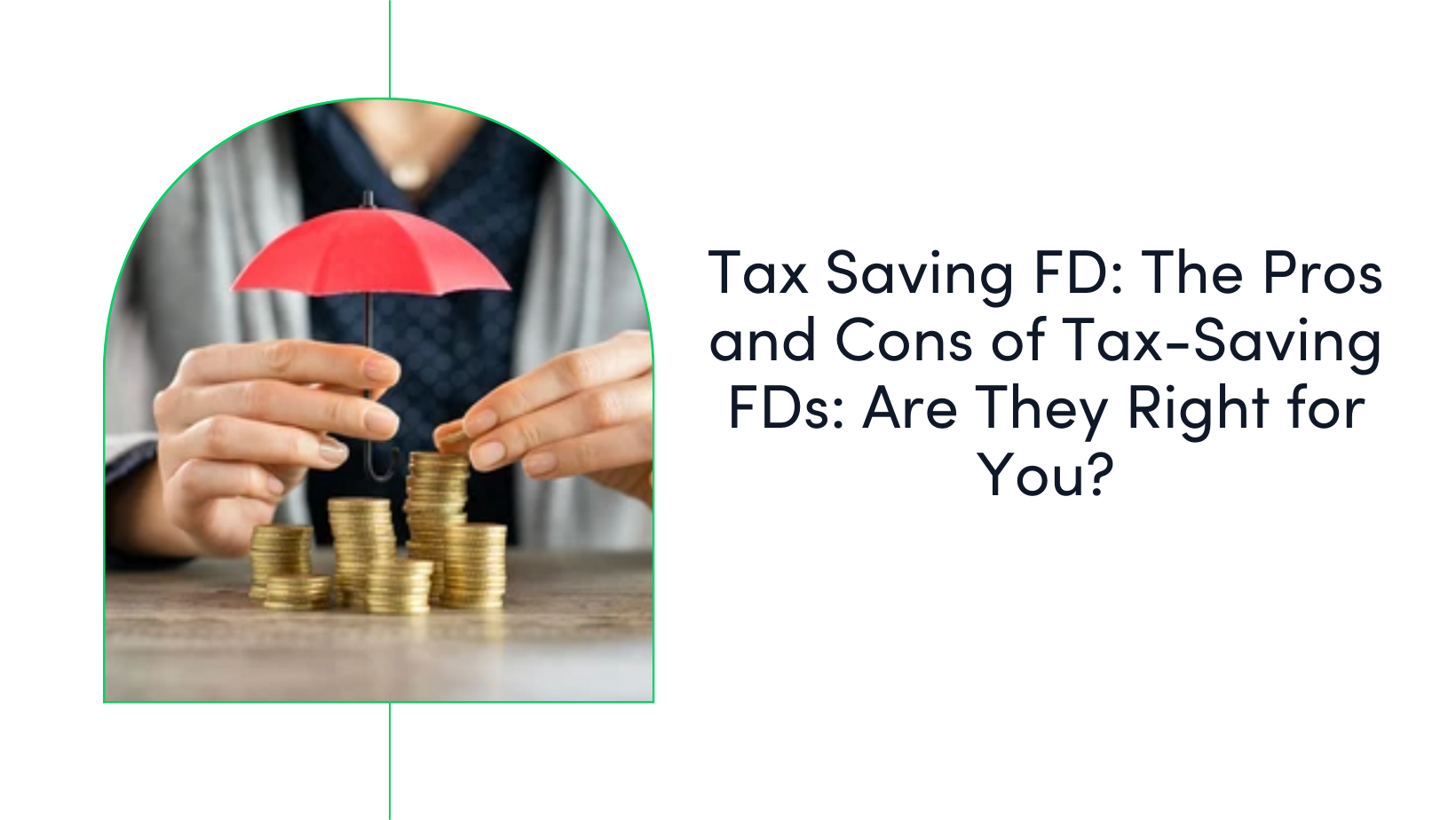Earn 9%–15% on Senior Secured Bonds.
Lower risk. Fixed returns. Start investing on Aspero with just ₹10,000.
Explore Bonds


Are you staring at your investment options, wondering whether tax-saving bonds or capital gain bonds are the better choice for your situation?
It’s a common dilemma, especially when you’re trying to optimize your tax strategy. The short answer? They’re designed for completely different purposes and you can’t simply swap one for the other.
Tax-saving bonds help reduce your overall taxable income, while capital gain bonds (54EC) are specifically meant for reinvesting profits from property sales. Let’s understand which type of bonds you should invest in and how they can make a significant difference in your tax savings.
What Are Tax-Saving Bonds?

What are Tax-Saving Bonds?
Tax-saving bonds are debt instruments issued by government and government-backed entities that provide specific tax benefits to investors.
Unlike regular bonds, these offer either tax-free interest income or tax exemptions on capital gains.
Currently, there are two main types of bonds that offer tax-saving benefits: Tax-Free Bonds (which offer complete interest tax exemption) and Sovereign Gold Bonds (which provide capital gains tax exemption if held to maturity).
Types of tax-saving bonds
Here are the different types of tax-saving bonds in India:
1. Tax-free bonds
The interest earned on tax-free bonds is exempted from income tax under Section 10(15) of the Income Tax Act, 1961. These bonds are issued by government-backed entities and provide a steady, tax-efficient income stream.
Tax-free bonds have an interest rate of 5-5.5% p.a. and a maturity period of 10-15 years. These are mainly issued by:
- National Highway Authority of India (NHAI)
- Power Finance Corporation Limited (PFC)
- Indian Infrastructure Finance Company Limited (IIFCL)
- Housing and Urban Development Corporation Limited (HUDCO)
2. Sovereign gold bonds (SGBs)
Sovereign gold bonds are government-backed securities denominated in grams of gold. They offer an alternative to physical gold investment with additional tax benefits for long-term holders.
Capital gains for sovereign gold bonds are tax free if they are held till maturity (8 years). They offer an interest rate of 2.5% per annum on the nominal value (taxable).
3. Historical tax-saving bonds (Discontinued)
For reference, India previously had infrastructure bonds under Section 80CCF that provided tax deductions on principal investment. These offered a deduction of up to ₹20,000 on principal investment under Section 80CCF.
However, these bonds are no longer available.
Key features of tax-saving bonds
- Investment options: Tax-free bonds (unlimited investment) and sovereign gold bonds (1 gram to 4 kg per year).
- Lock-in period: 10-15 years for tax-free bonds, 8 years for sovereign gold bonds
- Interest rate: 5-5.5% per annum for tax-free bonds (completely tax-free), 2.5% for SGBs (taxable).
- Tax treatment: Interest from tax-free bonds is completely exempt under Section 10(15). SGBs offer tax-free capital gains if held to maturity.
- Accessibility: Available through banks, post offices, and online platforms (for SGBs).
What Are Capital Gain Bonds (54EC Bonds)?
Capital gain bonds help you save taxes on long-term capital gains earned from selling capital assets, such as land or building, held for over 24 months.
Let’s say you’ve just sold a piece of property, a plot of land, an apartment, or a house you’ve held for over two years. Now you’re looking at long-term capital gain. Yes, this is great news for your bank account but not-so-great news for your tax bill.
Capital Gain Bonds, also known as 54EC Bonds, help you avoid paying tax on long-term capital gains. But only from the sale of immovable property (like real estate, not stocks or mutual funds).
If you invest your long-term capital gains in 54EC bonds within 6 months of the sale, you can claim exemption from tax on the invested amount, up to ₹50 lakh per financial year
Key features of capital gain bonds
- Issued by government-backed institutions: REC (Rural Electrification Corporation), PFC (Power Finance Corporation Limited), and IRFC (Indian Railway Finance Corporation). NHAI bonds are currently not available for new investments)
- Investment limit: ₹50 lakh per financial year.
- Lock-in period: 5 years (increased from 3 years in 2018).
- Interest rate: Typically 5% – 5.25% per annum.
- Tax benefit: Exemption of capital gains tax on the amount invested, if invested within 6 months of property sale.
- Interest taxability: Interest is taxable as per your slab, but no TDS is deducted.
- Minimum Investment: ₹10,000 (usually in multiples of ₹10,000).
- Safety: Backed by central government entities, these are low-risk instruments. However, they’re not liquid, since premature withdrawal is not allowed.
Key Differences Between Tax-Saving Bonds and 54EC Bonds
| Feature | Tax-Free Bonds | Capital Gain Bonds (54EC) |
| Purpose | Get tax-free returns | Save on capital gains tax |
| Max Investment | No specific limit | ₹50 lakh/year |
| Who Can Invest | Any taxpayer | Only those with LTCG from property/asset sale |
| Lock-in Period | 10-20 years | 5 years |
| Interest Rate | 5-5% | 5–5.25% |
| Tax Benefit | Complete interest tax exemption (Section 10(15)) | Exemption under Section 54EC |
| Interest Taxability | Tax-free | Taxable; no TDS deducted |
| Premature Withdrawal | Can be sold in secondary market | Not allowed; exemption revoked if withdrawn |
| Who Issues Them | Government-backed entities (NHAI, IRFC, REC, PFC, housing finance companies) | REC, PFC, IRFC (Govt-backed PSUs) |
| Risk Level | Very low (government-backed) | Very low (AAA-rated, sovereign guarantee) |
Who Should Invest in Tax-Saving Bonds?
Choose tax-saving bonds if you want to:
- Earn completely tax-free interest income (under Section 10(15))
- Invest in a low-risk, fixed return instrument for 10-20 years
- Generate regular income without any tax liability
Who Should Invest in Capital Gain Bonds?
Choose capital gain bonds if:
- You’ve sold a property and earned long-term capital gains. These bonds are specifically designed for this situation.
- You want to avoid paying LTCG tax. Instead of giving away a chunk of your profit to taxes, you can invest that amount (up to ₹50 lakh) into 54EC bonds and make the entire capital gain tax-free.
Taxation and Reporting
Here’s a clear, up-to-date breakdown for both tax-saving bonds and 54EC capital gain bonds:
Tax-saving bonds
- Interest taxability: The interest earned on tax-free bonds is completely exempt from income tax under Section 10(15). This is their primary tax advantage.
- TDS: No TDS is deducted on interest payout as the interest is tax-exempt.
- Reporting in ITR: While exempt, it is generally advised to report this income under the “Exempt Income” schedule (e.g., Schedule Exempt Income in ITR-2/3) in your annual Income Tax Return for full disclosure.
- Proof: Keep bond certificates or Demat account statements as proof of investment and income.
Capital gain bonds (54EC)
- Interest taxability: Amount invested (up to ₹50 lakh per financial year) is exempt from long-term capital gains tax under Section 54EC, provided you invest within 6 months of selling your property. Interest earned (typically 5% – 5.25% per annum) is fully taxable as “Income from Other Sources.”
- TDS: There is no TDS deducted at source, so you must declare this income when filing your ITR..
- Reporting in ITR: Calculate the long-term capital gain from the asset sale. Then, claim the exemption for the amount invested in 54EC bonds in the Capital Gains Schedule (Schedule CG) of your ITR (typically ITR-2 or ITR-3).
- Proof: Keep bond certificates/Demat statements, the sale deed of the original asset, and other relevant documents for capital gains calculation.
Conclusion
When it comes to saving taxes, choosing not just the “best” but the “right” option based on your situation. Both tax-saving bonds and capital gain (54EC) bonds are valuable tax-saving tools, but they serve very different purposes.
Choose tax-saving bonds if you want to reduce your overall taxable income or gain tax exemption. Opt for 54EC bonds if you have long-term capital gains from property and want to avoid paying LTCG tax.
Still not sure what works best for you?
That’s where platforms like Aspero come in. Whether you’re looking to invest in capital gain bonds, corporate bonds, or other high-yield fixed income products, Aspero helps you make smarter decisions with zero guesswork and zero commissions.
Register with Aspero and start your investing journey today.
FAQs
1. Do Tax-Free Bonds offer 80C deduction?
No, the principal amount invested in Tax-Free Bonds does not qualify for any deduction under Section 80C or any other section of the Income Tax Act.
2. Are capital gains on selling Tax-Free Bonds taxable?
Yes. If you sell Tax-Free Bonds in the secondary market before their maturity, any capital gains (profit) realised will be taxable. Short-term capital gains (if held for 12 months or less) are taxed at your slab rate. Long-term capital gains (if held for more than 12 months) are taxed at 10% without indexation.
3. What is the main tax benefit of 54EC Bonds?
The main benefit is the exemption of long-term capital gains tax from the sale of certain capital assets (primarily land or building) by reinvesting the gain into these bonds.









